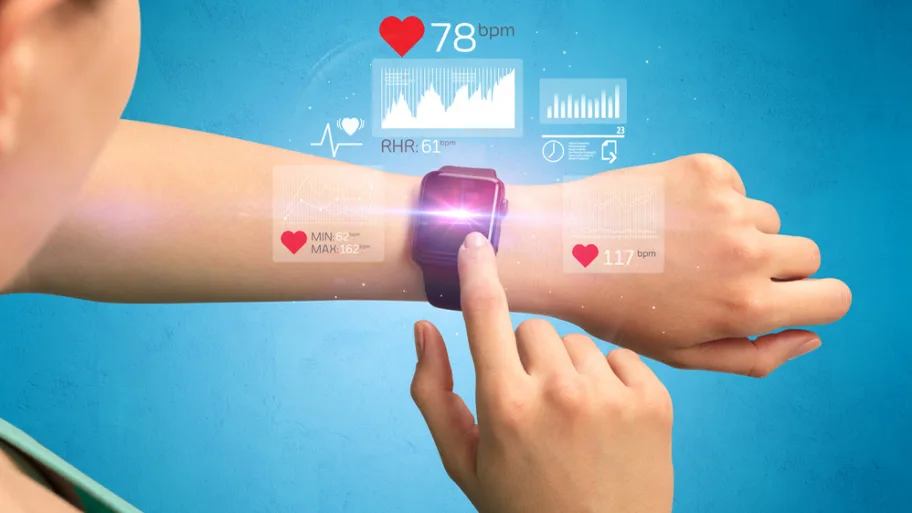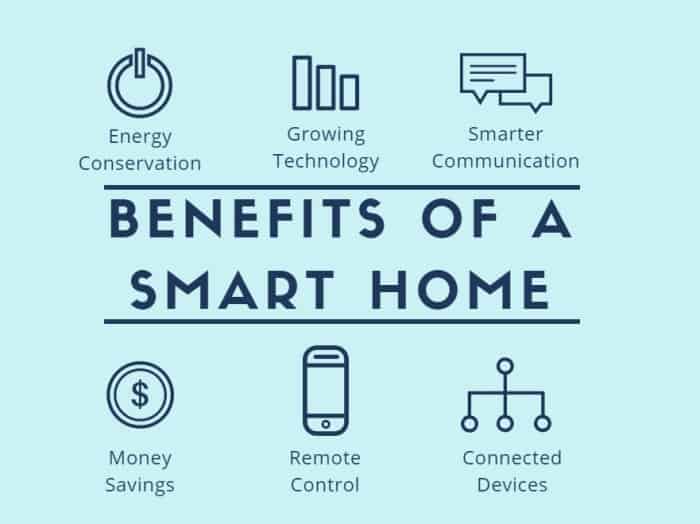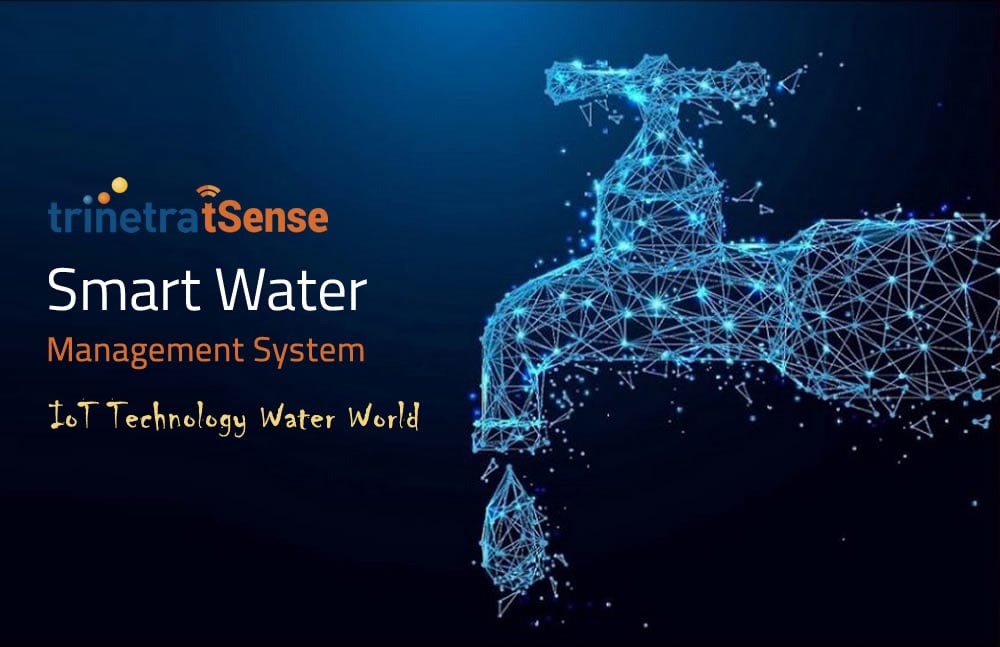Challenges of smart technology sets the stage for this enthralling narrative, offering readers a glimpse into a story that is rich in detail and brimming with originality from the outset.
As we delve into the ethical dilemmas, cybersecurity risks, privacy implications, and environmental impacts of smart technology, we uncover a complex landscape that demands our attention and innovative solutions.
Ethical Concerns: Challenges Of Smart Technology
Smart technology has revolutionized the way we live, work, and interact with the world around us. However, with these advancements come ethical challenges that need to be carefully considered. The use of smart technology raises important questions about privacy, security, and fairness that must be addressed to ensure that these technologies are used responsibly.
One of the key ethical dilemmas associated with smart technology is the issue of privacy. As devices become more interconnected and collect increasing amounts of data about our lives, there is a growing concern about how this data is being used and who has access to it. For example, the use of smart home devices that constantly monitor our activities raises questions about surveillance and the protection of personal information.
Another ethical concern is the potential for bias and discrimination in smart technology systems. Algorithms used in decision-making processes can reflect the biases of their creators, leading to unfair outcomes for certain groups of people. For instance, facial recognition technology has been found to have higher error rates for people of color, raising concerns about racial bias in these systems.
When addressing these ethical concerns, different frameworks can be applied to guide decision-making and ensure responsible use of smart technology. Utilitarianism, for example, focuses on maximizing overall societal welfare and could be used to evaluate the consequences of implementing a specific technology. On the other hand, deontological ethics emphasizes the importance of following moral principles and rules, which can help in setting boundaries for the use of smart technology.
Comparison of Ethical Frameworks
- Utilitarianism: This ethical framework focuses on maximizing overall societal welfare and can be used to evaluate the consequences of implementing a specific technology. It considers the benefits and harms of a technology to society as a whole.
- Deontological Ethics: This framework emphasizes the importance of following moral principles and rules, regardless of the consequences. It can help in setting boundaries for the use of smart technology and ensuring that ethical guidelines are followed.
- Virtue Ethics: This perspective focuses on the character of the individuals involved in the development and use of smart technology. It emphasizes the importance of cultivating virtues such as honesty, integrity, and fairness in decision-making processes.
Security Risks
Smart technology has revolutionized the way we live and work, but with these advancements come significant security risks. As more devices become interconnected through the Internet of Things (IoT), the potential for cyber attacks and breaches has also increased. It is crucial to address these security challenges to ensure the safety and privacy of users.
Common Security Vulnerabilities
- Weak Authentication: Many smart devices lack strong authentication mechanisms, making it easier for hackers to gain unauthorized access.
- Unencrypted Data: Data transmitted between smart devices and servers is often unencrypted, leaving it vulnerable to interception and manipulation.
- Outdated Software: Manufacturers may not provide regular updates and patches for smart devices, leaving them exposed to known vulnerabilities.
- Insecure APIs: Application Programming Interfaces (APIs) used by smart devices can be exploited by cybercriminals to access sensitive information.
- Physical Security: Smart devices can be physically tampered with or stolen, compromising the data stored on them.
Mitigation Strategies, Challenges of smart technology
- Strong Encryption: Implement end-to-end encryption to protect data in transit and at rest, ensuring that only authorized parties can access it.
- Regular Updates: Manufacturers should provide timely software updates to patch security vulnerabilities and enhance the overall security of smart devices.
- Multi-Factor Authentication: Require users to go through multiple layers of authentication to access smart devices, adding an extra level of security.
- Network Segmentation: Divide the network into separate segments to limit the impact of a security breach and prevent unauthorized access to critical systems.
- Security Testing: Conduct regular security audits and penetration testing to identify and address potential vulnerabilities before they can be exploited by attackers.
Privacy Issues
As smart technology becomes more prevalent in our daily lives, it raises concerns about the privacy of individuals and the data collected by these devices. The widespread adoption of smart technology brings about implications that need to be carefully considered to protect users’ privacy.
Data Collection and Misuse
Smart devices collect a vast amount of data about users, including personal information, location data, and browsing habits. This data can be misused by third parties for targeted advertising, identity theft, or even surveillance without the user’s consent. The impact on individuals’ privacy can be significant, as sensitive information can be exposed and exploited for malicious purposes.
- One of the main privacy concerns is the unauthorized access to personal data stored on smart devices or in the cloud. This can lead to identity theft, financial fraud, or other forms of cybercrime.
- Another issue is the lack of transparency in how data is collected, stored, and shared by smart devices and the companies that produce them. Users may not be aware of the extent of data collection or the purposes for which their information is being used.
- Moreover, the aggregation and analysis of data from multiple sources can lead to the creation of detailed profiles of individuals, which can be exploited for discriminatory practices or surveillance.
It is crucial to establish clear guidelines and regulations to protect user privacy and prevent the misuse of data collected by smart technology.
Safeguarding User Privacy
To safeguard user privacy while using smart technology, several measures can be implemented to ensure data protection and security.
- Implement strong data encryption protocols to secure personal information stored on smart devices and transmitted over networks.
- Provide users with transparent information about data collection practices and obtain explicit consent before collecting or sharing any personal data.
- Enable users to control their privacy settings and choose what information they want to share with smart devices or applications.
- Regularly update software and firmware to address security vulnerabilities and protect against unauthorized access to sensitive data.
Environmental Impact

Smart technology has undoubtedly revolutionized the way we live and work, but it also comes with environmental challenges that cannot be overlooked. The production and disposal of smart devices contribute to electronic waste, which poses a significant threat to the environment. Additionally, the energy consumption of smart technology is a major contributor to environmental issues, especially considering the increasing demand for these devices.
Production and Disposal Challenges
The production of smart devices involves the extraction of raw materials, such as rare earth metals, which can have a detrimental impact on the environment. The mining and processing of these materials lead to deforestation, soil contamination, and water pollution. Furthermore, the disposal of smart devices, often done improperly, results in electronic waste that ends up in landfills or incinerators, releasing harmful toxins into the environment.
Energy Consumption Impact
Smart technology relies heavily on electricity to function, leading to increased energy consumption. This high energy demand contributes to carbon emissions and accelerates climate change. The constant need for charging smart devices also adds to the overall energy consumption, especially when considering the millions of devices in use worldwide.
Ways to Reduce Environmental Footprint
To mitigate the environmental impact of smart technology, several measures can be implemented. Manufacturers can focus on sustainable production practices, such as using recycled materials and reducing the use of hazardous substances. Consumers can contribute by prolonging the lifespan of their devices through proper maintenance and repair, as well as recycling old devices through certified e-waste recycling programs. Additionally, advancements in energy-efficient technologies and the adoption of renewable energy sources can help reduce the overall energy consumption of smart devices, thereby lessening their environmental footprint.
Questions Often Asked
How can ethical frameworks address challenges in smart technology?
Ethical frameworks provide guidelines for decision-making and help navigate complex ethical dilemmas that may arise in the use of smart technology.
What are common security vulnerabilities in smart devices?
Common security vulnerabilities include weak authentication, insecure network connections, and lack of encryption in smart devices.
How can user privacy be safeguarded in the era of smart technology?
User privacy can be safeguarded by implementing robust data protection measures, obtaining explicit user consent, and ensuring secure data transmission.
What are the environmental impacts of smart technology?
Smart technology contributes to environmental issues through energy consumption, electronic waste generation, and resource depletion. Implementing energy-efficient practices and recycling can help reduce these impacts.












